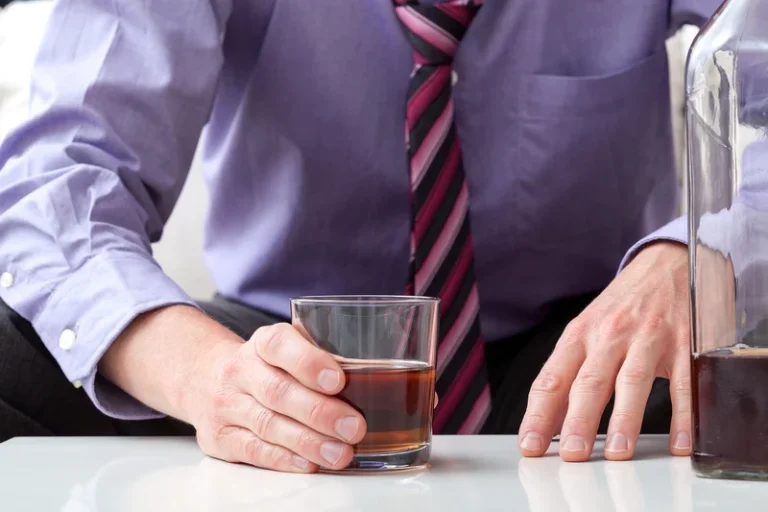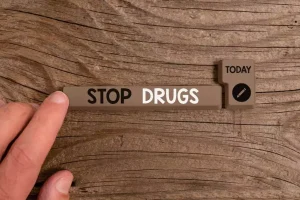Sober living
Abstinence Violation Effect AVE What It Is & Relapse Prevention Strategies

The hallmark of CBT is collaborative empiricism and describes the nature of therapeutic relationship. Although many developments over the last decade encourage confidence in the RP model, additional research is needed to test its predictions, limitations and applicability. In particular, given recent theoretical revisions to the RP model, as well as the tendency for diffuse application of RP principles across different treatment modalities, there is an ongoing need to evaluate and characterize specific theoretical mechanisms of treatment effects.

Factors That Contribute To The Abstinence Violation Effect
When abstinence is violated, individuals typically also have an emotional response consisting of guilt, shame, hopelessness, loss of control, and/or a sense of failure; they may use drugs or alcohol in an attempt to cope with the negative feelings that resulted from their abstinence violation. A person may experience a particularly stressful emotional event in their lives and may turn to alcohol and/or drugs to cope with these negative emotions. An abstinence violation can also occur in individuals with low self-efficacy, since they do not feel very confident in their ability to carry out their goal of abstinence. Unfortunately, a single lapse can cause you to fall into a full relapse because of something called the abstinence violation effect (AVE).
- It’s important to challenge negative beliefs and cognitive distortions that may arise following a relapse.
- Modifying social and environmental antecedents and consequences another approach to working with addictive behaviours18.
- Findings concerning possible genetic moderators of response to acamprosate have been reported [99], but are preliminary.
Continued empirical evaluation of the RP model
- In this model, treatment success is defined as achieving and sustaining total abstinence from alcohol and drugs, and readiness for treatment is conflated with commitment to abstinence (e.g., Harrell, Trenz, Scherer, Martins, & Latimer, 2013).
- CBT treatments are usually guided by a manual, are relatively short term (12 to 16 weeks) in duration, and focus on the present and future.
- An individual progresses through various stages of changes and the movement is influenced by several factors.
It stems from the belief that individuals who establish strict rules of abstinence may be more vulnerable to relapse when faced with a violation of those rules. AVE can be observed in various areas, including addictions, dietary restrictions, and impulse control. Additionally, this model acknowledges the contributions of social cognitive constructs to the maintenance of substance use or addictive behaviour and relapse1. As the foregoing review suggests, validation of the reformulated RP model will likely progress slowly at first because researchers are only beginning to evaluate dynamic relapse processes. Currently, the dynamic model can be viewed as a hypothetical, theory-driven framework that awaits empirical evaluation.

Shared and unique mechanisms underlying binge eating disorder and addictive disorders
Such studies have shown that both positive and negative moods show close temporal links to alcohol use [73]. One study [74] found evidence suggesting a feedback cycle of mood and drinking whereby elevated daily levels of NA predicted alcohol use, which in turn predicted spikes in NA. Other studies have similarly found that relationships between daily events and/or mood and drinking can vary based on intraindividual or situational factors [73], suggesting dynamic interplay between these influences. Expectancy research has recently started examining the influences of implicit cognitive processes, generally defined as those operating automatically or outside conscious awareness [54,55]. Recent reviews provide a convincing rationale for the putative role of implicit processes in addictive behaviors and relapse [54,56,57].
Journal of Behavioral Addictions
There is less research examining the extent to which moderation/controlled use goals are feasible for individuals with DUDs. The most recent national survey assessing rates of illicit drug use and SUDs found that among individuals who report illicit drug use in the past year, approximately 15% meet criteria for one or more DUD (SAMHSA, 2019a). About 10% of individuals who report cannabis use in the past year meet criteria for a cannabis use disorder, while this proportion increases to 18%, 19%, 58%, and 65% of those with past year use of cocaine, opioids (misuse), methamphetamine, and heroin, respectively. These data suggest that non-disordered drug use is possible, even for a substantial portion of individuals who use drugs such as heroin (about 45%). However, they do not elucidate patterns of non-disordered use over time, nor the likelihood of maintaining drug use without developing a DUD.
Some researchers propose that the self-control required to maintain behavior change strains motivational resources, and that this “fatigue” can undermine subsequent self-control efforts [78]. Consistent with this idea, EMA studies have shown that social drinkers report greater alcohol consumption and violations of self-imposed drinking limits on days when self-control demands are high [79]. Limit violations were predictive of responses consistent with the AVE the following day, and greater distress about violations in turn predicted greater drinking [80]. Findings also suggested that these relationships varied based on individual differences, suggesting the interplay of static and dynamic factors in AVE responses. Evidence further suggests that practicing routine acts of self-control can reduce short-term incidence of relapse. For instance, Muraven [81] conducted a study in which participants were randomly assigned to practice small acts self-control acts on a daily basis for two weeks prior to a smoking cessation attempt.
Decoupling Goal Striving From Resource Depletion by Forming Implementation Intentions
Relapse Prevention (RP) is another well-studied model used in both AUD and DUD treatment (Marlatt & Gordon, 1985). In its original form, RP aims to reduce risk of relapse by teaching participants cognitive and behavioral skills for coping in high-risk situations (Marlatt & Gordon, 1985). More recent versions of RP have included mindfulness-based techniques (Bowen, Chawla, & Marlatt, 2010; Witkiewitz et al., 2014).

A more recent development in the area of managing addictive behaviours is the application of the construct of mindfulness to managing experiences related to craving, negative affect and other emotional states that are believed to impact the process of relapse34. In CBT for addictive behaviours cognitive strategies are abstinence violation effect supported by several behavioural strategies such as coping skills. Cue exposure is another behavioural technique based on the classical conditioning theory and theories of cue reactivity and extinction12,13. The technique involves exposure to a hierarchy of cues, which signal craving and subsequently substance use.

Cognitive Behavioral Therapy in Cannabis Use Disorder
When people don’t have the proper tools to navigate the challenges of recovery, the AVE is more likely to occur, which can make it difficult to achieve long-term sobriety. As a result, the AVE can trigger a cycle of further relapse and continued substance use, since people may turn to substances as a way to cope with the emotional distress. This can create a cycle of self-recrimination and further substance use, making it challenging to maintain long-term abstinence. One of the key features of the AVE is its potential to trigger a downward spiral of further relapse and continued substance use. According to Beck et al., (2005), “A cognitive therapist could do hundreds of interventions with any patient at any given time”1). A careful functional analysis and identification of dysfunctional beliefs are important first steps in CBT.
- Relapse has been variously defined, depending on theoretical orientation, treatment goals, cultural context, and target substance (Miller, 1996; White, 2007).
- Working with Dr Lindgren, she has investigated implicit alcohol cognitions, along with the impact of the environment on self-reported measures of alcohol consumption.
- In other words, AVE describes the thoughts, feelings, and actions a person goes through after they make a mistake and have a drink or abuse a substance, despite trying to quit.
- Rather than being overwhelmed by the wave, the goal is to “surf” its crest, attending to thoughts and sensations as the urge peaks and subsides.
- For example, at a large outpatient SUD treatment center in Amsterdam, goal-aligned treatment for drug and alcohol use involves a version of harm reduction psychotherapy that integrates MI and CBT approaches, and focuses on motivational enhancement, self-control training, and relapse prevention (Schippers & Nelissen, 2006).
These two reviews highlighted the increasing difficulty of classifying interventions as specifically constituting RP, given that many treatments for substance use disorders (e.g., cognitive behavioral treatment (CBT)) are based on the cognitive behavioral model of relapse developed for RP [16]. One of the key distinctions between CBT and RP in the field is that the term “CBT” is more often used to describe stand-alone primary treatments that are based on the cognitive-behavioral model, whereas RP is more often used to describe aftercare treatment. Given that CBT is often used as a stand-alone treatment it may include additional components that are not always provided in RP.
